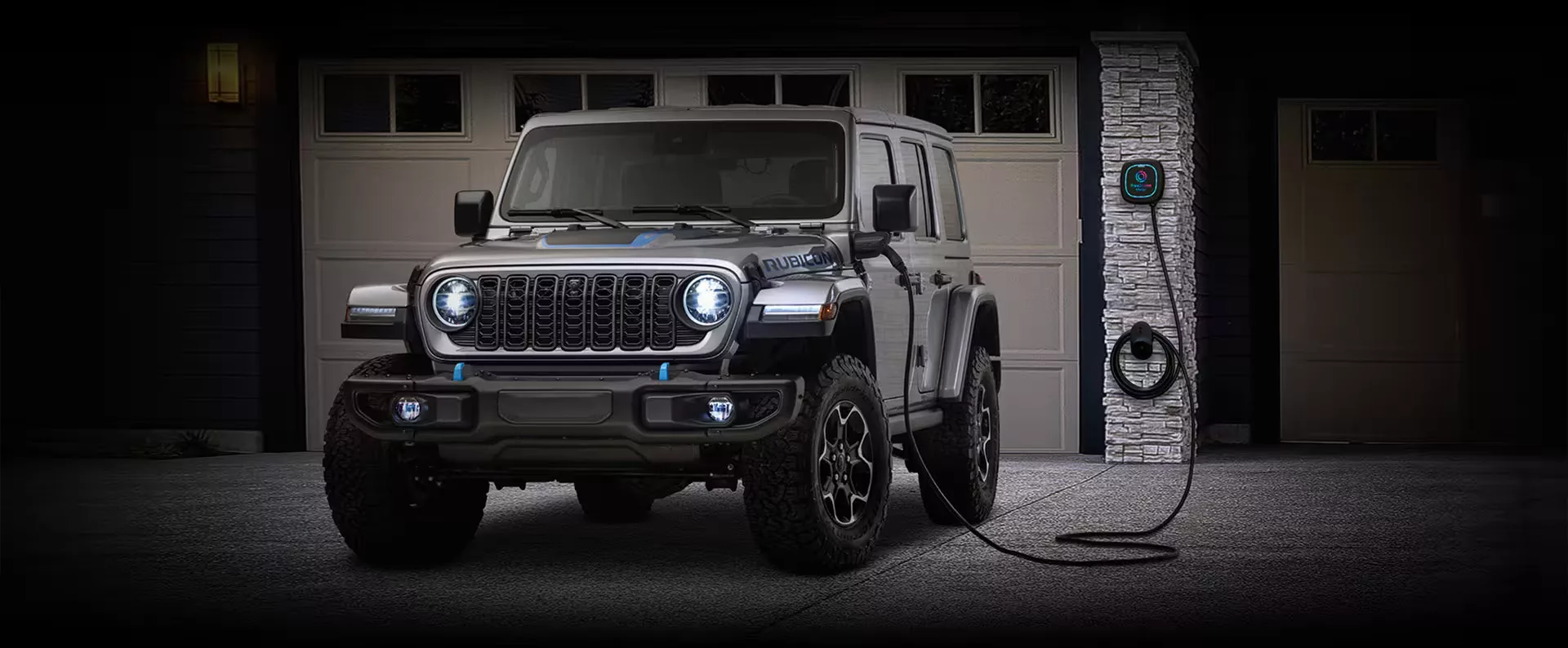Recent discussions have highlighted the trending shift in the automotive industry with the introduction of the latest emissions guidelines in the United States. Observers predict a significant increase in the production of plug-in hybrids (PHEVs) as manufacturers adapt to new regulatory demands.
The Reality of EV Market Dynamics
Contrary to the negative spin by some critics, the electric vehicle (EV) market is expanding with more sales than before, even though growth has tapered compared to the initial frenzy. A blend of economic factors, such as inflation and interest rates, as well as varying levels of political support, contribute to this complex landscape. Strikingly, certain states are contrarily imposing heavy taxes on EVs which can deter potential buyers.
Adjustments in Emissions Standards
The Biden administration’s EPA has moderated its stance on stringent emission standards, revising the targets that had aimed for a 50% EV adoption by 2032. The new adjustments now accommodate PHEVs within the criteria, wherein two-thirds of an automaker’s fleet can be plug-in hybrids instead of being fully battery-electric vehicles (BEVs). This modifies the playing field, effectively making a PHEV worth three-quarters of an EV for regulatory purposes.
It’s becoming evident that automakers may strategically focus on PHEVs due to reduced manufacturing costs and the allure of tax incentives. Such a shift could slow down the progress towards a fully BEV market.
Evaluating the Impact of PHEVs
On a personal note, reflecting on my experience with the Chevy Volt and the Jeep Wrangler 4xe, PHEVs have the potential to significantly cut down on gasoline consumption. Regular charging, even with standard 120v outlets, can sustain everyday vehicle use without necessitating frequent fuel stops. In theory, this would capitalize on the cost-saving benefits of electricity over gasoline, but real-world scenarios may vary.
Practical challenges, however, may affect this ideal scenario. Not everyone is enthusiastic about plugging in their cars, and some may encounter logistical hurdles such as lack of access to charging infrastructure, especially in multi-family residential settings.
Strategies to Promote Effective PHEV Usage
To encourage higher rates of PHEV charging, several strategies can be implemented. Promoting the inclusion of larger capacity batteries, linking tax credits to actual plugin usage, and enforcing both incentives and deterrents to drive behavioral change could all play a part. Enhancing access to charging points for city dwellers and those living in multi-unit dwellings could also greatly improve the situation.
The potential for PHEV technology to serve as a transitional solution in our journey towards cleaner transportation is quite significant. But, for this potential to be fully realized, proactive steps and innovative policies will be essential to foster both the production and proper use of plug-in hybrids.
